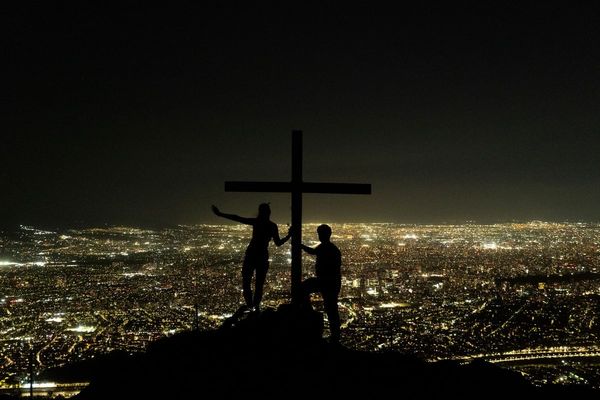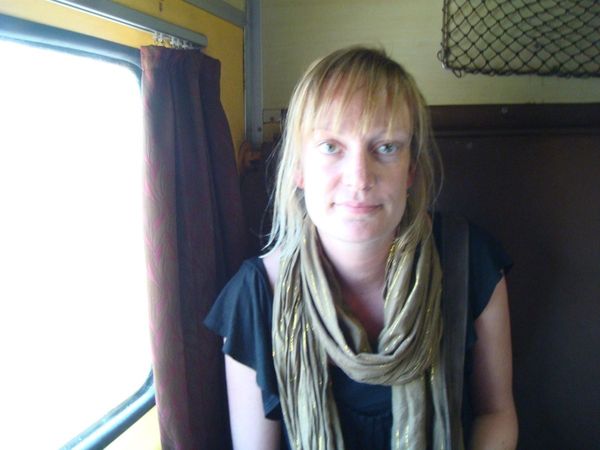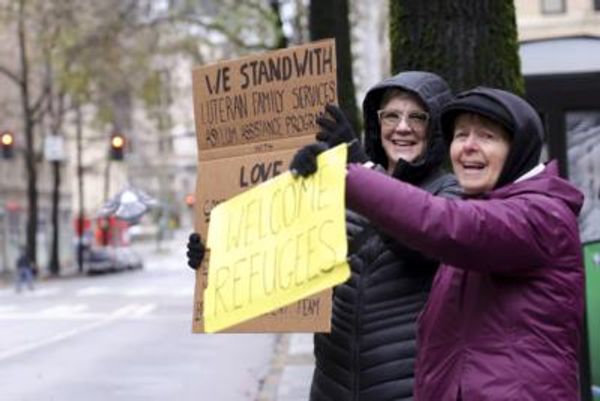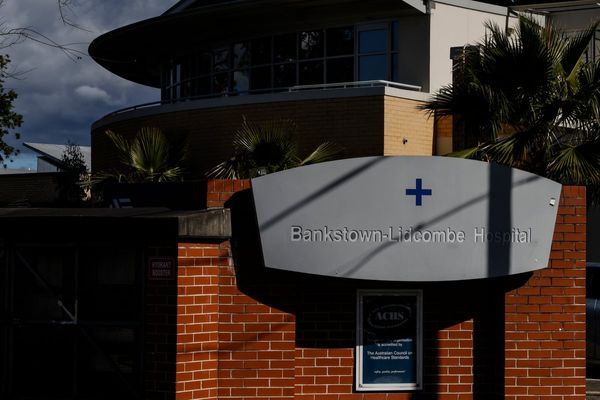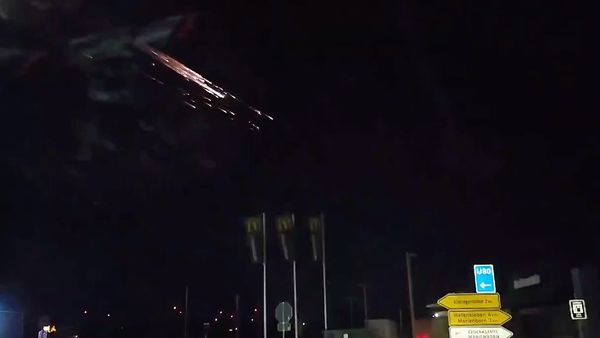While the idea of flying cars has long remained science fiction, one Adelaide company has turned imagination into a racing reality.
Located in a workshop in suburban Adelaide are the world's first flying racing cars.
Alauda Aeronautics has designed and developed several flying vehicles that are specifically for a race track in the sky.
It's part of a brand-new racing series called Airspeeder, and the company's chief executive, Matt Pearson, said he has big plans for the future.
"We can probably be the world's most-exciting motorsport, watched by millions of people around the world, and [travel] the world with races all over the place," Mr Pearson said.
Alauda Aeronautics and Airspeeder, both headed by Mr Pearson, have developed the flying race car from the ground up.
The project progressed to the inaugural race in May.
"We had to build a smaller version and then scale it up," Mr Pearson said.
"We needed the vehicle. We needed the control system. We needed the race control system to keep everyone safe. We needed the pilots to be trained up and certified to fly these things.
The quest to creating a brand-new motorsport has a hefty price tag, with millions of dollars being spent on the research and the development stages for the vehicles.
"We've put about $10 million into the development into the vehicles and it's been a real process. You can make something fly, that's easy, but to make something race is a lot harder," he said.
'Takes a Village'
It has been all hands on deck for the project.
"We needed a whole team to come from motorsport and aviation and we've been able to bring that all together to show the world its first flying car race," Mr Pearson said.
The vehicles race through an augmented reality circuit, with pylons also on the ground marking the track physically.
Pilots see exactly where they are with vision relayed from the aircraft.
The vehicles have a flight time of between seven and 10 minutes, requiring a pit stop during the race.
They are currently flown by remote control but, within 18 months, pilots such as Lexie Jenson will be airborne inside the crewed aircraft, a major drawcard for her to move to Adelaide from Europe.
"The first time [Airspeeder] messaged me and they said: 'You can race [drones]', I said, 'I'm already doing this and I'm not interested'. They said, 'You can get in them eventually', and I'm like: 'Oh ok, I want to do that'," she said.
"I'm really really excited for the moment we can get actually into them but, with time, we learned that it's more complicated than we thought it would be."
"Actual racing with crewed racing, it looks like 2024, really, is when that'll start to look possible … but we're really focused on the safety elements before we go putting someone in it," Mr Pearson said.
From Drones to Planes
Lexie has become an accomplished pilot after taking up drone racing in 2015, winning multiple championships throughout Europe.
"I won the Polish championship, a couple of German [championships], as a female pilot, I also took place in China, Korea and all around the world," she said.
She is not the only high-profile recruit in the series, with the nephew of Formula One royalty Aryton Senna becoming Airspeeder's development pilot and global ambassador.
A former F1 driver himself, Bruno Senna also has a history of drone racing and will contribute to developing the series.
"I'm crazy about flying stuff, racing and the amalgamation of everything I enjoy," he said.
"I hope the racing background will help me in many things when it comes to competition but also helping Airspeeder as an organisation to try [to] build a racing series that's competitive, that's fun. [They have] a really good format for everyone to enjoy.
"We're building this from the ground up and it's so important to make sure we come up with something that's really interesting."
Airspeeder's second race will take place this weekend, with plans to also race in the United Sates and in the Middle East in future.
